The following is an elongated skull at the Dossenheim Museum in Germany: “elongated skull and grave artifacts of 6th century Frankish woman”, but no further information. It looks like it was taken in a museum :
Germany
Click on image to enlarge
At a museum display in Tuchersfeld, Germany the inscription with the skull states that about 20 of these male and female skulls were found in the Franconia-Suisse area of Bavaria, Germany:
Conical head of a 30 to 40 year old Alemannic woman of the early 6th century; shown at the Württembergisches Landesmuseum, Stuttgart, Germany:
France
Original article is at INRAP. Inrap stands for “Institut national de recherches archéologiques préventives”. The following elongated skull was found while doing excavations in an industrial park in Pays de Sainte Odile (Obernai, in the northeastern French province of Alsace) France. Inrap completed (2013) a major search of over 7.5 acres, which has resulted in the discovery of a succession of Neolithic, Gallic, Gallo-Roman and Merovingian societies. They found several tombs, jewelry items, ceramics, amphorae, coins and other items. When they found the elongated skull, the archeologists brought up their favorite explanation of deformation of the cranial plates. The skull is of a Merovingian (5th-8th century A.D.) skull of a woman:
Archeologists have identified the first Burgundian (Burgundia was a historical region in east-central France) cemeteries owing to the presence of individuals with cranial deformations. The majority of these remains were discovered on the banks of the river Leman, notably at Geneva, Nyon, Genolfier, St-Prex, Lausanne and La Tour-de-Peilz.
The following is a Sarmatic-Alanian woman’s skull from Pontoise, and from the Merovingian Dynasty (5th to 8th century). Pontoise is a commune in the northwestern suburbs of Paris.
Austria
Gothic skull, 4th century, Globasnitz. (From Frans Glazer, Die Goten und der Arianismus im Alpen-Adria-Raum in: Rom und die Barbaren: Europa zur Zeit der Völkerwanderung, Bonn, 2008; Globasnitz (Karinthië, Oostenrijk), Gräberfeld Ost.)
Child’s skull, early 5th century, from Schiltern in Lower Austria:
Hungary
Female Hun elongated skull at the Hungarian National History Museum. The Huns were a nomadic group of people who are known to have lived in Eastern Europe, the Caucasus, and Central Asia between the 1st century AD and the 7th century.
This is the official data
Malta
Picture of elongated skulls once displayed in the La Violetta museum in Malta, but removed in 1985:
Newspaper article that showed a picture of two of the Malta elongated skulls

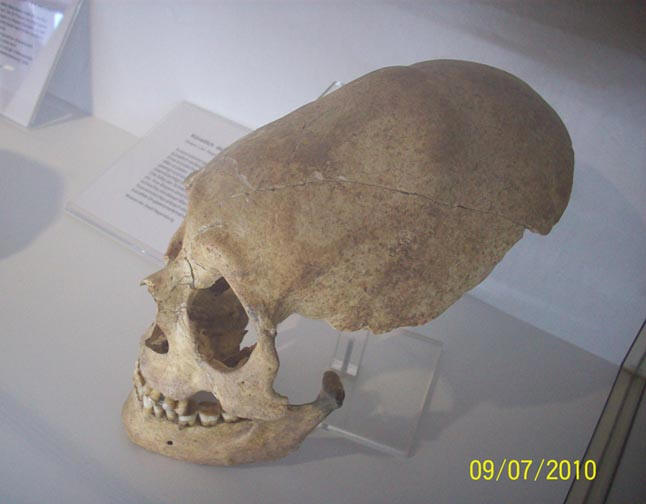
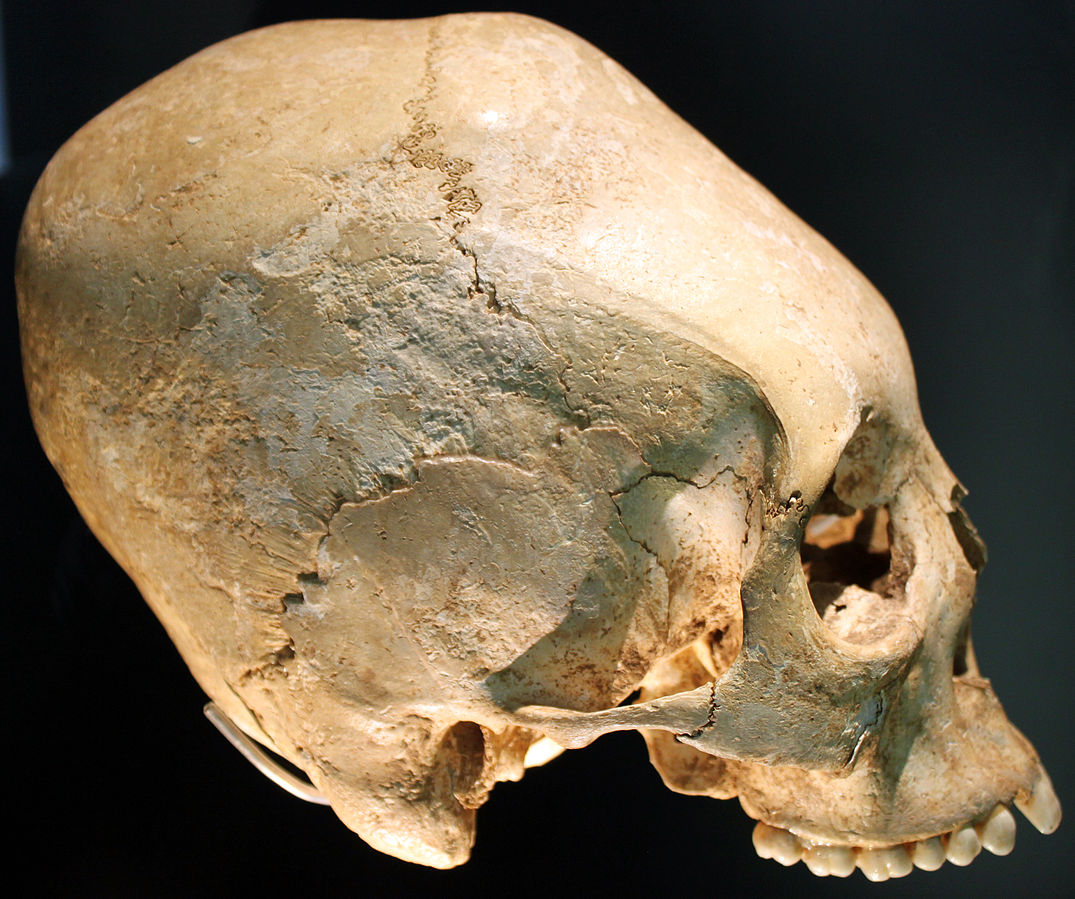


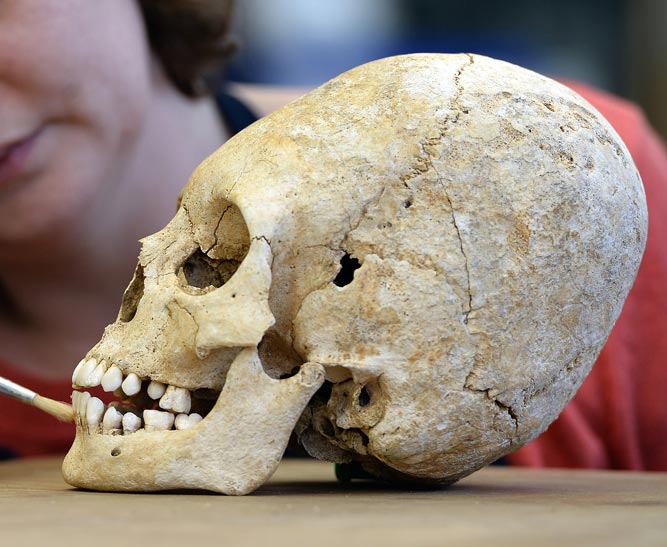





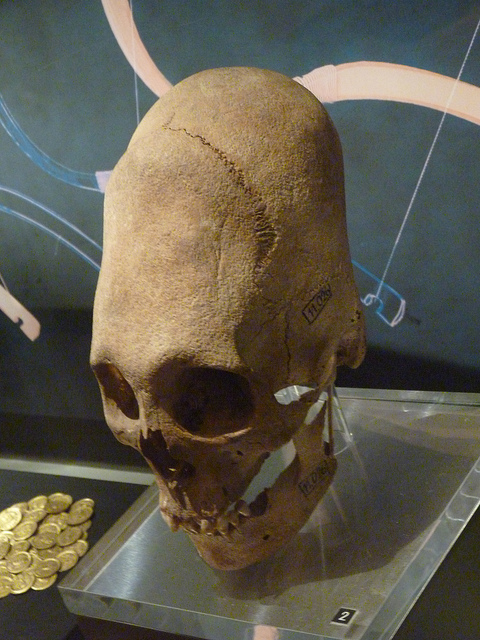
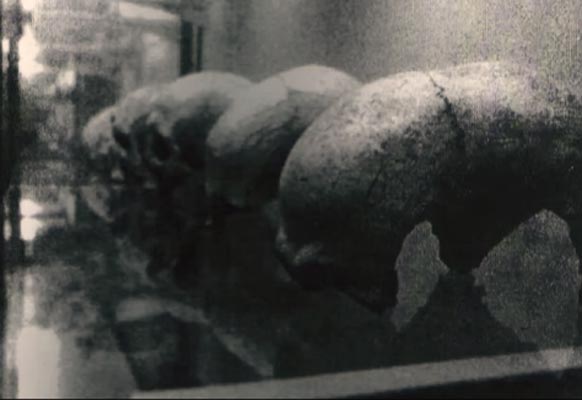






Комментариев нет:
Отправить комментарий